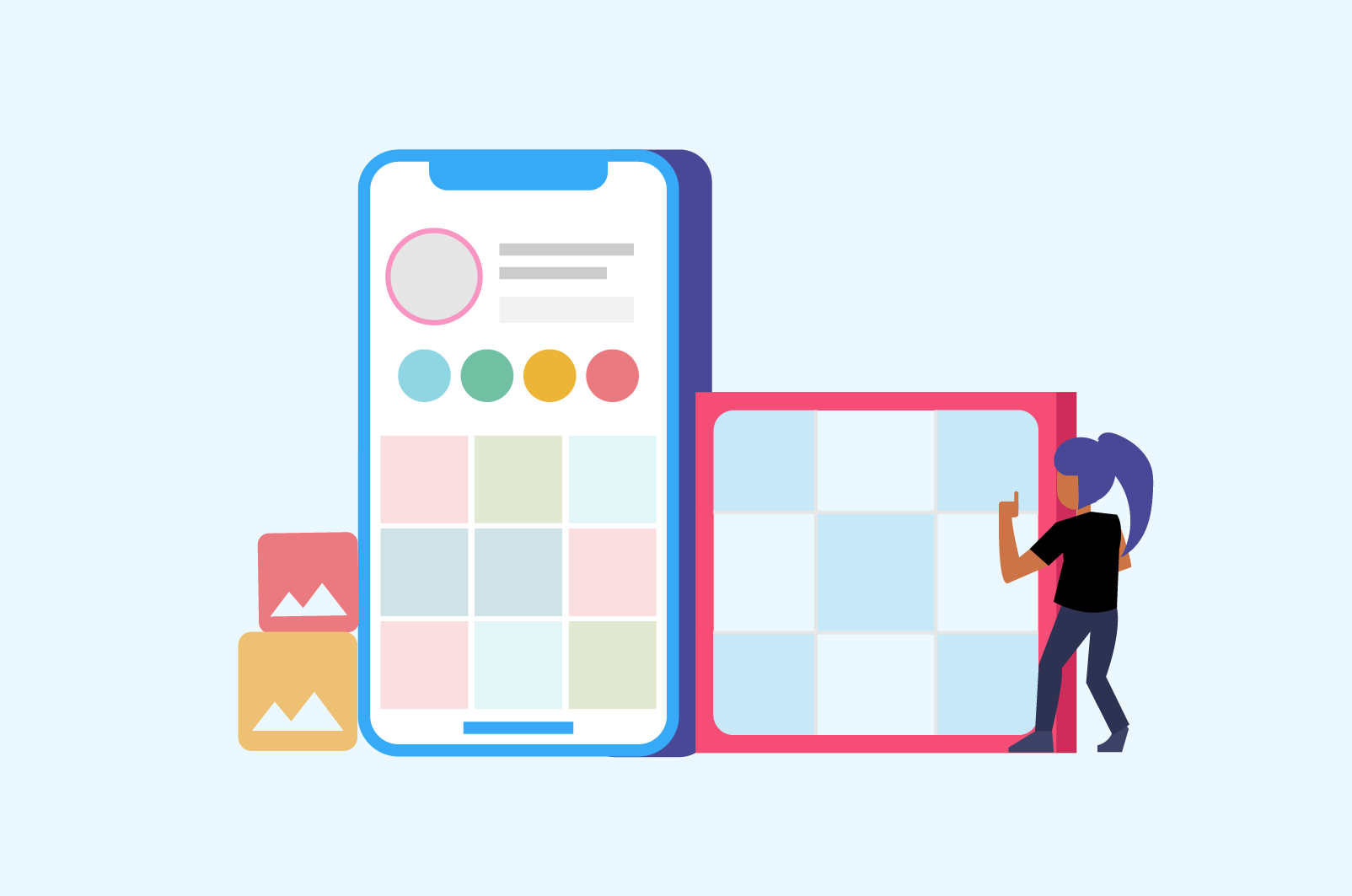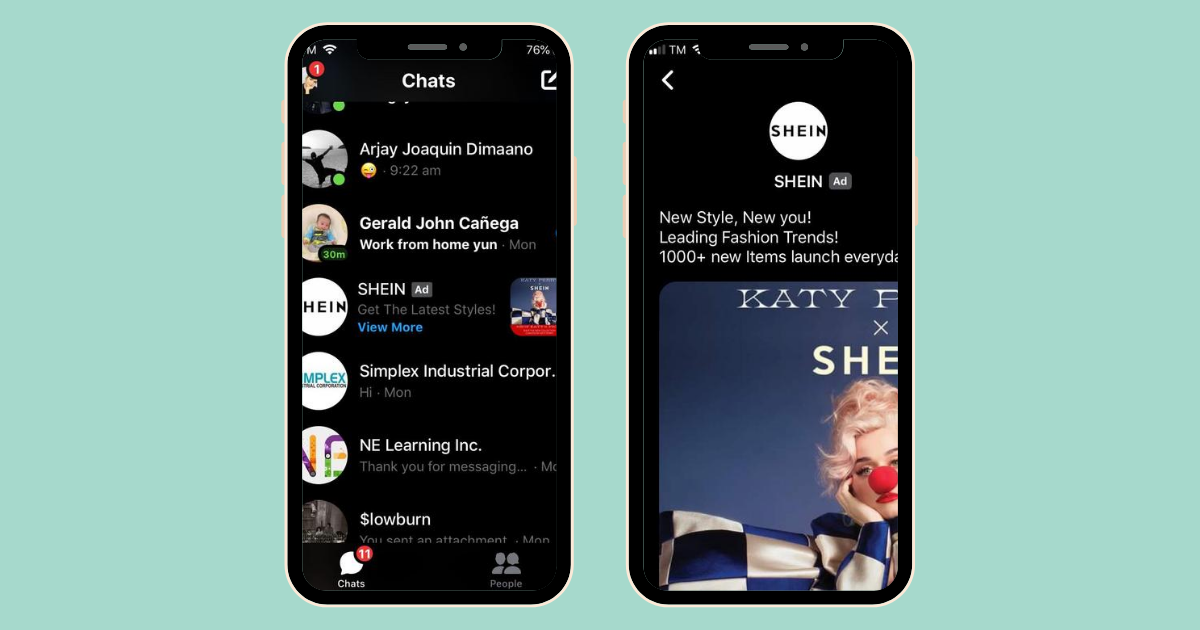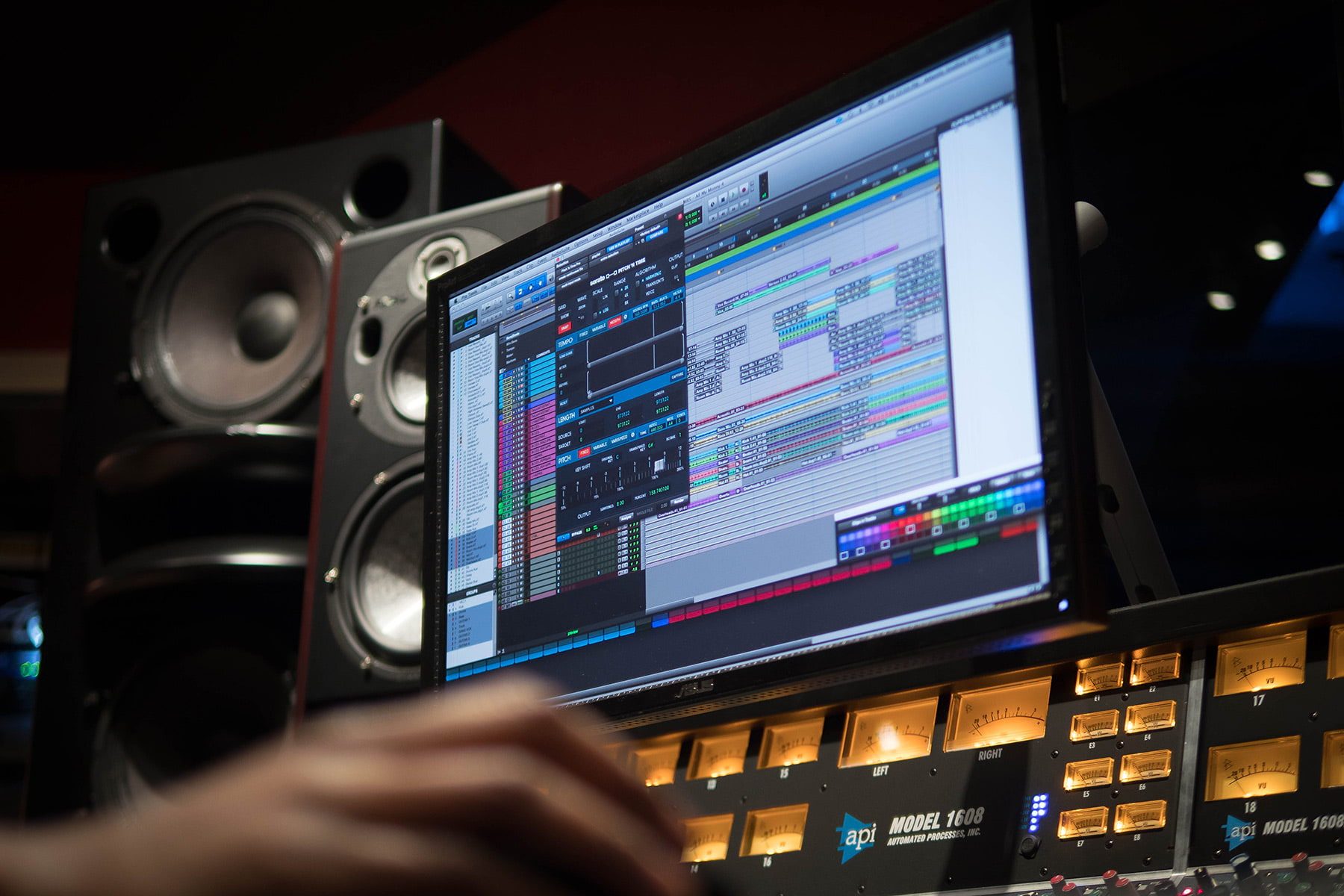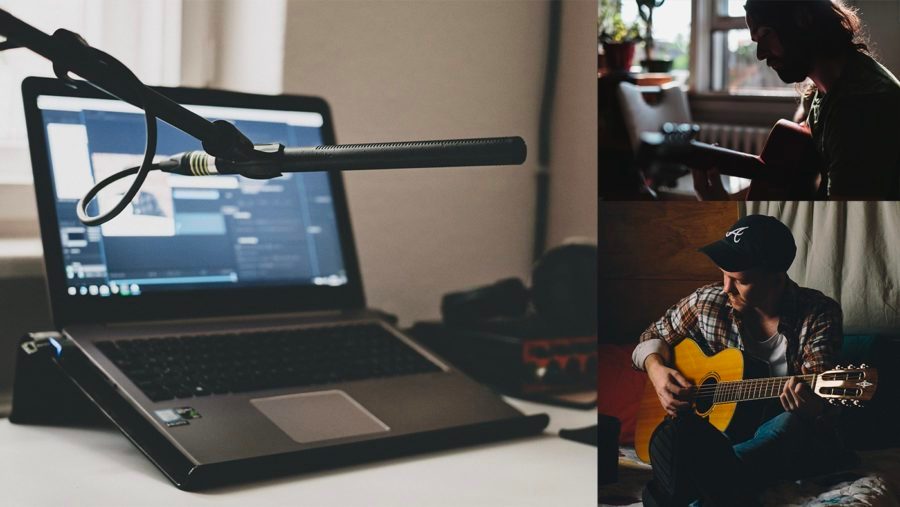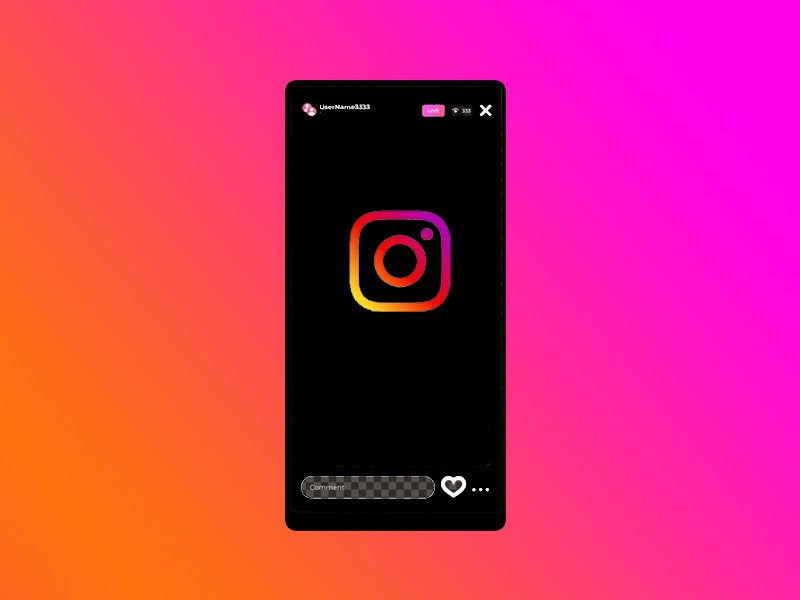Keep reading to know more ways for designing your Instagram grid as an expert.
Author: Luna
Sometimes it’s great to take a break from endlessly scrolling through your feed — and visit someone’s individual Instagram page instead. Welcome to Instagram Grid.
Lined up neat rows of three, every Instagram post suddenly is part of a much bigger picture. A peek into an Instagram user’s soul or at least their content strategy.
And Instagram power users know just the way to work this viewpoint to take advantage, with artfully planned posts that, together, create a stunning Instagram grid layout.
In case you haven’t thought about what your rows of squares add up to, it’s all about time. Here’s all you need to know about building an attention-grabbing Instagram grid to gain more followers and engagement.
Keep reading to explore examples that inspire you to create your Facebook messenger ads.
Why use Facebook Messenger ads? As more and more people turn to private messaging on social media —and since Facebook combined its messaging backend with Instagram — Messenger ads have never been more related.
More than one billion people use Messenger every month, 78% of them using smartphone users to send messages.
At the same time, businesses exchange more than 20 billion messages monthly with Messenger users. (And yet for Gen Z, that’s still not enough: 60% of that age group wish they could message more businesses. Greedy!)
So whether you need to hedge your bets on the future of social, or you’re in the dozens of different ways you can use messaging apps to reach your audience right now, we’re here to explain to you how to use Facebook Messenger ads to converse.
And convert.
When you add a new track to your DAW session, you’ll need to determine between mono vs. stereo.
However, what does each term mean? And what are the main differences? When do you have to use a mono track and when is stereo the better choice?
In this article, we’ll explain all the things you should know about mono vs. stereo—from tracking to the final master.
Browsing through piles of samples to seek out the right sound for your beat is like looking for a needle in a haystack. To hear the way a sample sounds in context with your beat it has to match your beat’s key and tempo. The best way to do this is with pitch shifting and time stretching. The best part is free time stretching and pitch shifting tools exist that will help you independently change the tempo or key of any sample you discover. It’s remarkable how this technology changes all the things about beat-making. In this article, we’ll explore why time stretching and pitch shifting tools are so useful to every music producer—and we’ll take a look at specific ways you should use them in your music-making workflow.
On day three-hundred-and-something of a global pandemic that forced us to cancel in-person jams. We all need to experience the thrill and pure pleasure of trading musical ideas in person again. However, the truth is internet speeds, lag and the limitations of DAWs make online jamming next to impossible in real-time without making some serious compromises. Here’s my hard truth for today—online jamming isn’t the easiest way to collaborate remotely. However, that doesn’t mean there aren’t methods to create fulfilling collaborative relationships online.
Today, we will explore the brand new messaging features on Instagram that are now available.
Learn tips to successfully communicate with customers on your Instagram posts and messages.

